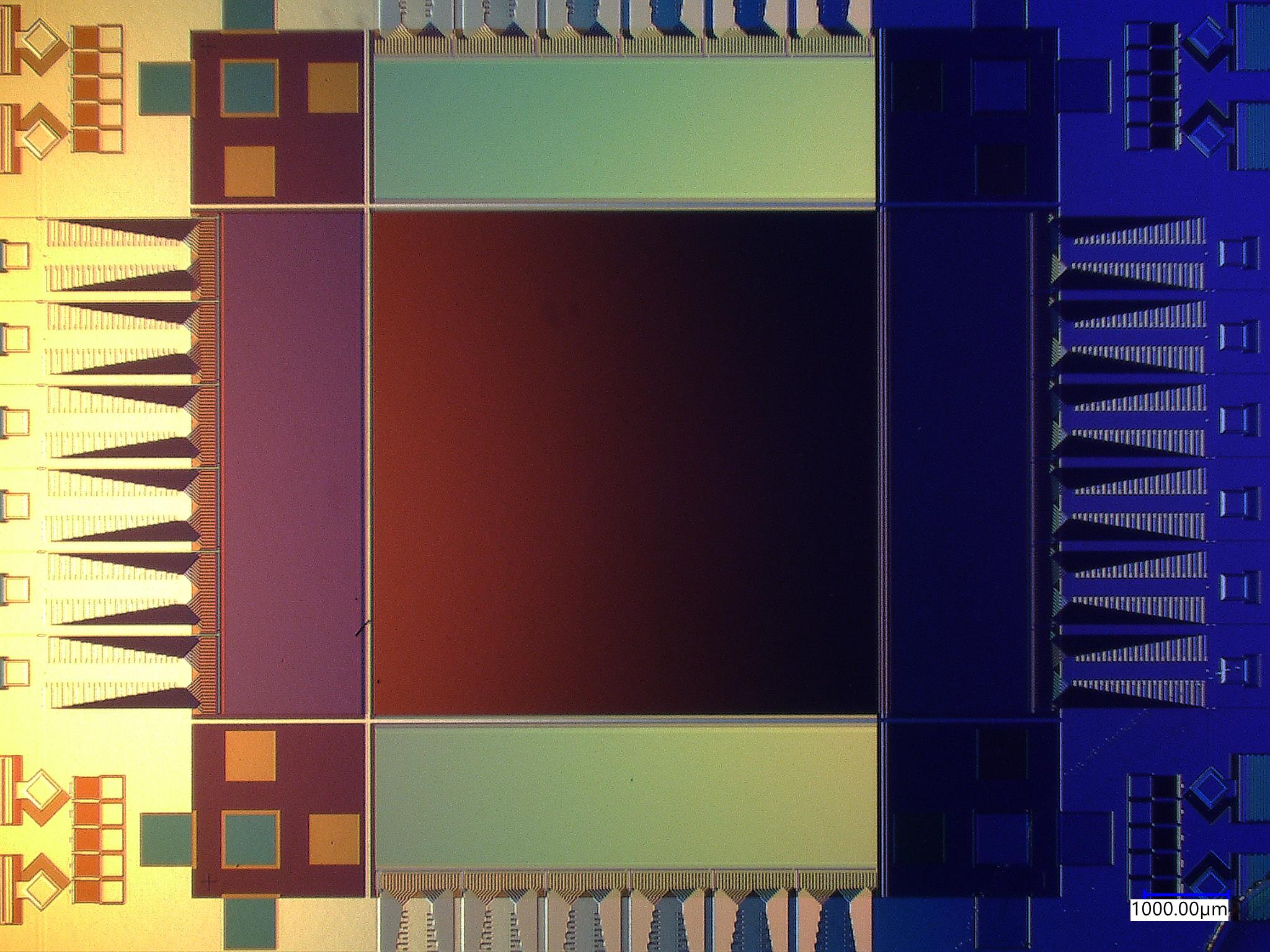
De Leon Launch Photos
The De Leon mission launched with three experiments aboard a Terrier-Improved Orion sounding rocket on March 7, 2016. The mission supported the experiments through the Flight Opportunity Program of the Space Technology Mission Directorate (STMD). The experiment from Montana State University was a Radiation Tolerant Computer System (RadPC) provided by Brock La Meres. Future NASA missions require increased on‐board computing capability beyond what is available today; these computers must operate in a harsh radiation environment, which causes system failures if not mitigated. The payload consists of an FPGA‐based computer system that implements a fault recovery procedure. It’s state‐of‐health is logged to an on‐board non‐volatile memory device The flight will demonstrate a novel computer architecture that provides increased performance and radiation tolerance for space computing. The hope is to increase the computational performance of space computers while reducing cost through off‐the‐shelf parts while withstanding the detrimental effects of ionizing radiation electronics. The experiment from Controlled Dynamics was the Vibration Isolation Platform (VIP) provided by Scott Green. Microgravity research on suborbital and orbital flights requires isolation of the research experiment from disturbances of the host vehicle (e.g. residual spin, attitude control, pumps, fans, mechanisms, crew, etc.), disturbances from other experiments, or self‐induced disturbances. The VIP is a capabilities enhancement for sRLVs, providing economical access to a high‐quality microgravity environment. This enables a robust expansion of space research, commercialization, and scientific discovery. SOAREX-9 was the third experiment flying, provided by Marc Murbach, NASA-ARC. The objective of the SOAREX/TECHEDSAT flight series is to test the Exo‐Brake re‐entry device and Iridium satellite‐to‐satellite communication system for use in nanosatellites.
- X


























